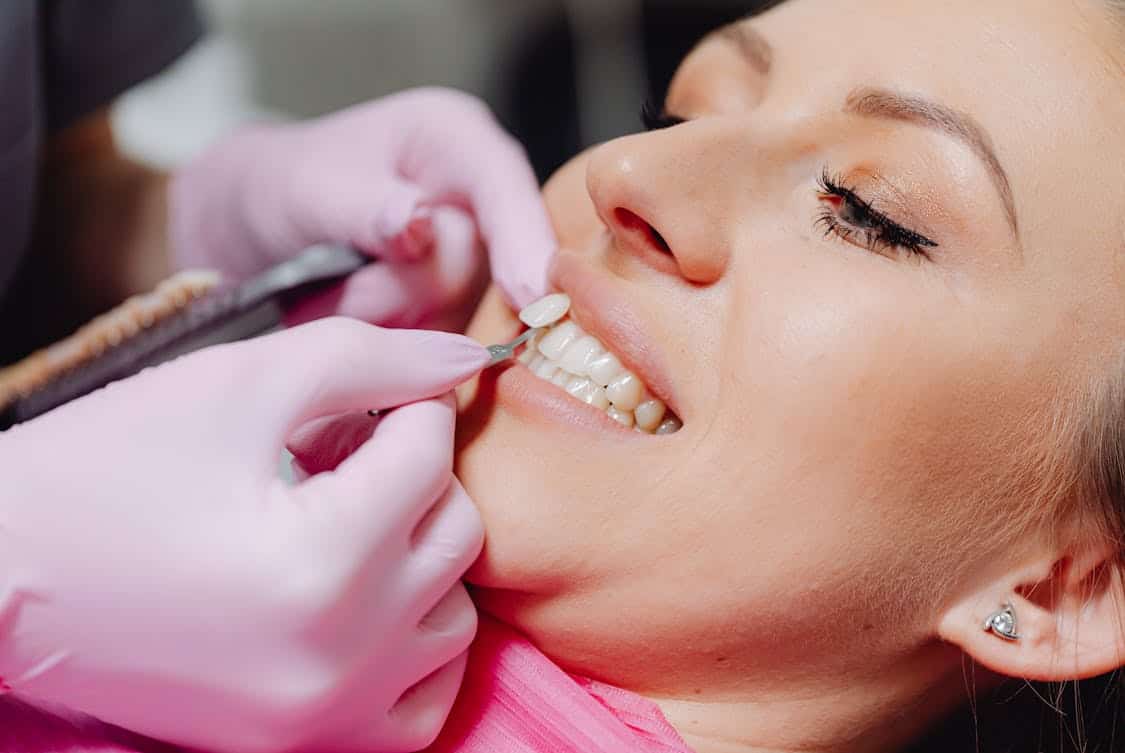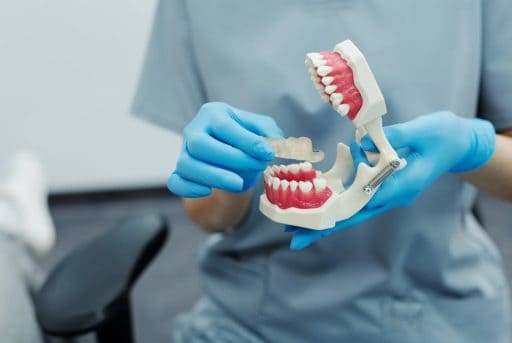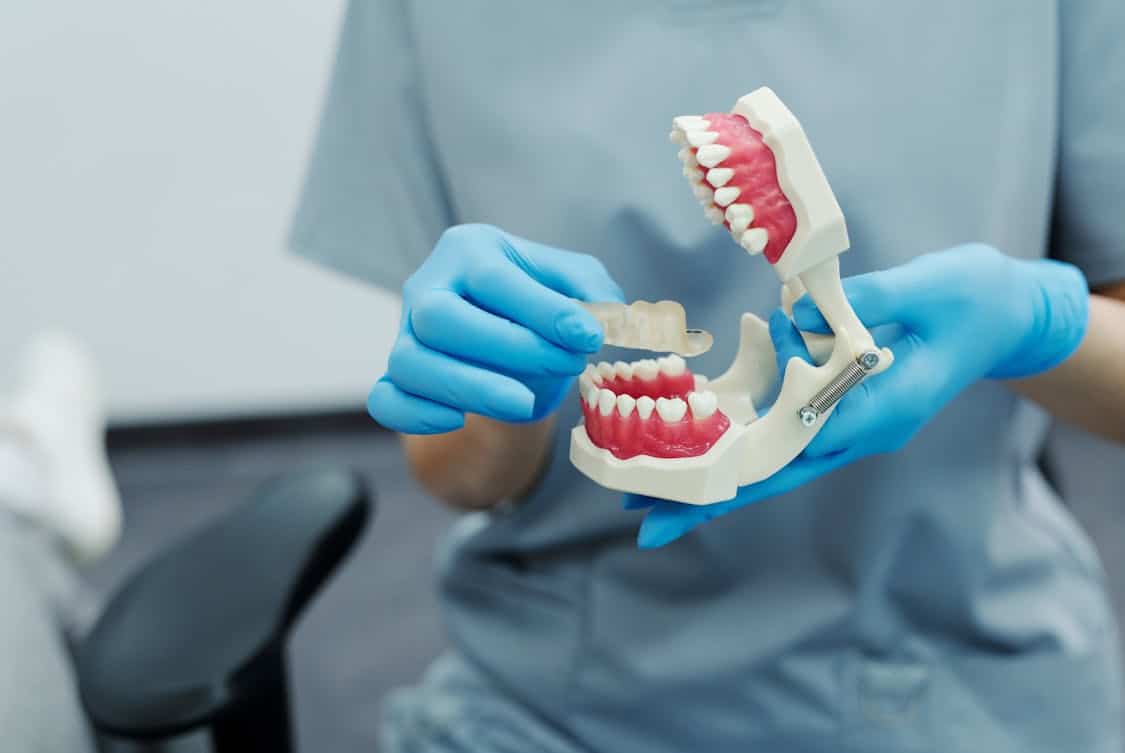Dental health is a vital aspect of overall well-being. Many people overlook their dental care until symptoms become noticeable.
Recognizing early signs of dental issues can save time, money, and discomfort. Here’s a closer look at some common dental problems and how to spot their early signs.
Tooth Decay: The Silent Intruder
Tooth decay can creep up on you, often without any immediate signs. Initially, it may present as small white spots on the enamel.
These spots indicate demineralization, a precursor to cavities. If dental hygiene isn’t maintained, these spots can evolve into brown or black cavities.
Sensitivity is another telltale sign. If hot, cold, or sweet foods cause discomfort, it could mean decay is present.
Early intervention can halt the progression, so don’t ignore these signals. Regular check-ups at the dentist are essential for early detection.
Gum Disease: More Than Just Redness
Gum disease, starting with gingivitis, often goes unnoticed. The initial sign is usually inflammation or redness in the gums, especially when brushing or flossing.
You might also notice slight bleeding, which many dismiss as a minor issue. As gum disease advances, the symptoms can escalate. Swelling, persistent bad breath, and receding gums are all indicators that something isn’t right.
It’s crucial to address these signs early; untreated gingivitis can lead to more severe conditions, like periodontitis, which can result in tooth loss.
For expert assessment and treatment of gum health, you can rely on a Preston dental clinic to provide thorough care and prevention strategies.
Tooth Sensitivity: A Warning Signal
Many people experience tooth sensitivity at some point. This condition can manifest as sharp pain or discomfort when consuming hot, cold, or sweet foods. The causes can range from worn enamel to gum recession or even a cracked tooth.
If you find yourself avoiding certain foods, it’s time to take notice. Sensitivity can indicate underlying issues that require professional attention.
Over-the-counter desensitizing toothpaste can help temporarily, but consulting a dentist is the best way to address the root cause.
Bad Breath: More Than Just Morning Breath
Persistent bad breath, or halitosis, often points to dental problems. While many attribute it to dietary choices, it can indicate gum disease or tooth decay.
Bacteria buildup in the mouth can result in unpleasant odors, signaling the need for a thorough dental cleaning.
If you notice ongoing bad breath despite good oral hygiene, it’s wise to seek dental advice. A dental professional can assess for gum issues or other underlying conditions that contribute to the problem.
Cracked or Chipped Teeth: A Hidden Risk
Cracks or chips in teeth may not always present immediate discomfort. However, they can lead to more significant issues over time.
Early signs include sensitivity or slight pain when eating or drinking. Sometimes, you might even notice a rough edge on a tooth.
Ignoring these signs can result in deeper damage, including infections or the need for more extensive dental work. If you suspect any damage to your teeth, it’s best to get a professional opinion sooner rather than later.
Oral Sores: A Red Flag
Canker sores or other types of oral lesions can be more than just an irritation. While they often resolve on their own, frequent occurrences can indicate underlying health issues, including vitamin deficiencies or autoimmune disorders.
If you have persistent sores or those that don’t heal, seeking dental advice is necessary. Your dentist can recommend treatments and assess for more serious conditions.
Stained Teeth: More Than Just Aesthetic Concerns

While many think of stained teeth solely as a cosmetic issue, they can also signal potential problems. Staining can result from poor oral hygiene or buildup of plaque and tartar. This buildup not only affects appearance but can lead to decay and gum disease.
Regular cleanings can help maintain a bright smile and promote overall dental health. If you notice persistent stains, consider discussing whitening options or changes to your dental routine with your dentist.
Changes in Bite: An Overlooked Indicator
If your bite feels different, take it seriously. Changes in how your teeth align can indicate problems like tooth loss, gum disease, or even jaw issues.
Symptoms might include discomfort when chewing or a feeling that your teeth aren’t fitting together properly.
These changes can worsen if left unaddressed. Consulting a dentist can help identify the root cause and provide solutions to restore proper alignment.
Dry Mouth: A Hidden Issue
Dry mouth, or xerostomia, can lead to various dental problems. Saliva helps protect teeth from decay and keeps the mouth healthy. A decrease in saliva production can result from medications, certain health conditions, or dehydration.
If you notice a persistent dry sensation, it’s essential to address it. Your dentist can suggest remedies or strategies to stimulate saliva production, protecting your teeth from the consequences of dryness.
Frequent Cavities: A Sign of Bigger Problems
If you find yourself visiting the dentist often for cavities, it’s time to evaluate your oral care routine. Frequent cavities can indicate poor dental hygiene, dietary choices, or even genetic predispositions.
Monitoring these trends is critical. A dentist can help assess your overall dental health and suggest improvements to reduce the recurrence of cavities.













